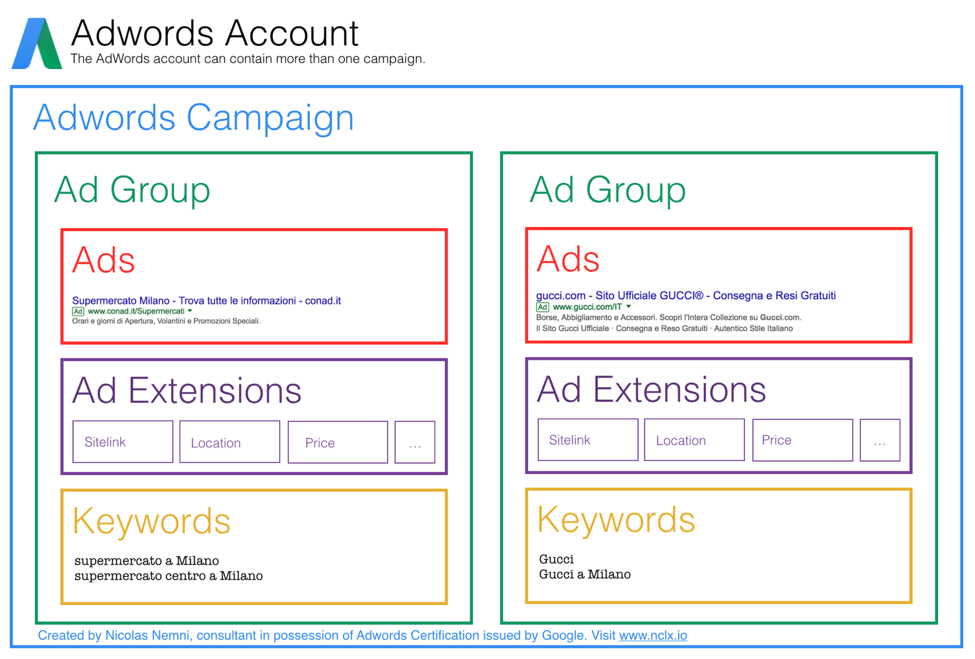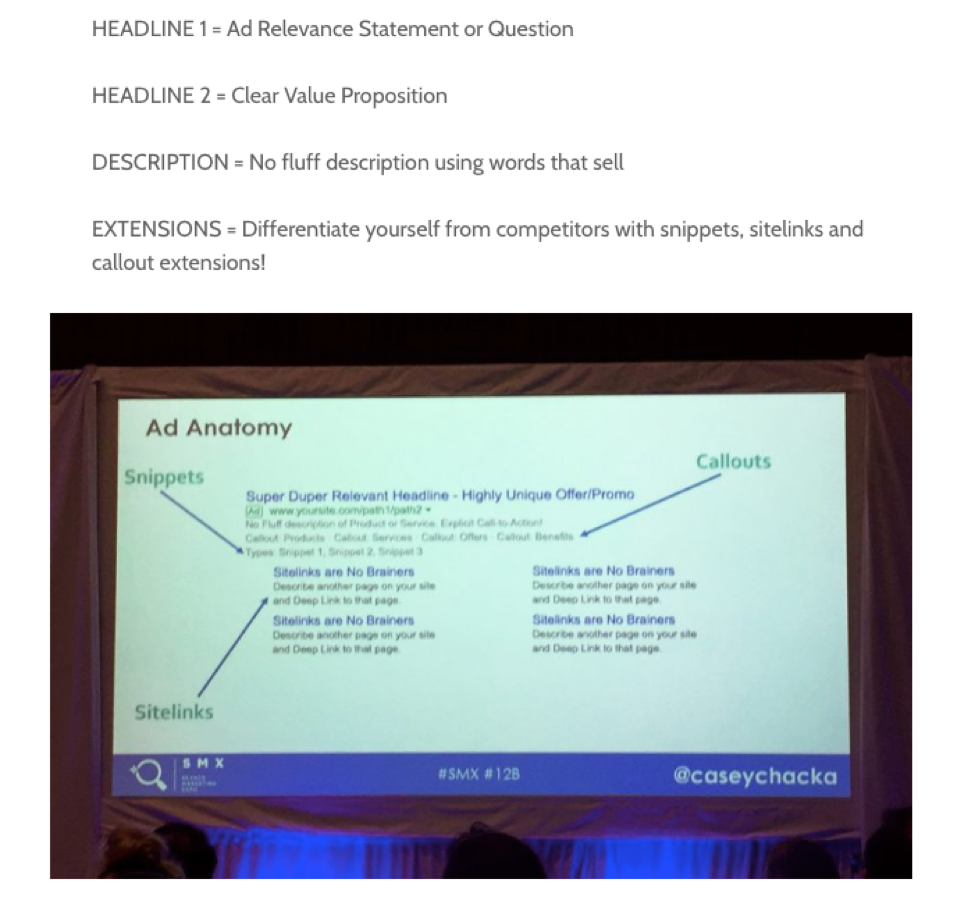PPC marketing is now a standard way for businesses to find new customers for their products and services. Yet many small businesses have been disappointed with their first steps into PPC. It can be a tricky marketing strategy. First-time PPC marketers often underestimate the time it takes to lay down the right foundations, the budget required, and the work needed to keep on top of your game.
For small businesses, PPC can be competitive and expensive, which is why many struggle to break through. Especially when they are competing with bigger companies with sophisticated digital marketing departments and huge budgets. The good news is it IS possible for small businesses to compete with larger, established companies for clicks. Being a little bit smarter and nimble will make all the difference.
Here are five strategies to help you win at PPC!
1 Pick the Right Keywords
Online pay-per-click (PPC) advertising allows almost anyone to create ads. Each time your ad pops up online and someone clicks on it, you pay a small fee. PPC advertising appears in search engines like Google or Bing and on social media platforms such as Facebook, Twitter, LinkedIn, and Pinterest. The point of PPC is to get fresh visitors to discover your business online.
But you can’t do that without the right keywords. Keyword selection is so important because it’s directly tied to how much a small business will have to spend on PPC advertising. Poor keyword choice will see you rip through your limited online marketing budget quicker than you can say, “Hey, Google…wait!”
Many small businesses will just use their instincts and choose keywords that they think are relevant. But trusting your gut isn’t always your best bet. The smart way to find your best keyword list is to use an online tool that will assist your research—something like Google’s Keyword Planner.
If you don’t put in the time researching the smartest keywords to bid on, then you will do at least one of the following terrible things:
- Spend your budget (fast!) on keywords that are too competitive
- You will get clicks but no conversions because you are bringing the wrong people in with irrelevant keywords
- Nothing will happen because nobody searches for your products/services using your chosen keywords
The trick is to find keywords that fit your budget + have high search volume + are super relevant to the product or service you are trying to sell, especially ones that show intent to purchase like “used cars for sale” or “where to buy vegan leather shoes”. That’s the winning keyword formula for PPC and any businesses.
PRO TIP: Try to find what are called “long-tail” keywords. These are keywords that are a full sentence or phrase rather than a word or two. Long-tail keywords tend to be less competitive, but still very relevant to the specific thing you are promoting.
2 You Must Be Organized to Optimize
This might not sound like your idea of a good time, but good housekeeping in your Google AdWords account is another secret to success. All successful campaigns have one thing in common—an organized structure.
The first question to ask yourself is ‘what am I trying to achieve?’ The answer to that question will help you select your campaign type. Here’s a little self-questionnaire to help any small business determine their PPC marketing goals:
Do you want…
-
- New customers to find my brand/product when they search?
Then a search network campaign is what you need. - To build brand awareness for your business?
Then you need a display network campaign. - To have people call your business?
Then you need a call-only campaign. - To bring people back to your site and keep your service on their mind?
Then choose a remarketing campaign. - All of the above?
- New customers to find my brand/product when they search?
Test them all!!!
Your campaigns are the foundation of your structure. You will probably only have a few campaigns, which is fine. The less you have, the more manageable it will be. Start small and only expand when it makes sense to. You could have a campaign for each type of chocolate (fair trade, milk, white, dark, vegan) if you were a small chocolate shop for example. You could have a campaign for sale and non-sale items as well. You have to decide what makes sense for your small business.
Then, within your campaigns, you will have your ad groups. Ad groups should be formed based on themes of keywords. For example, all keywords that relate to dark chocolate could go into one ad group (ie. Dark chocolate bars, dark chocolate for sale online, best dark chocolate shops, where to buy dark chocolate, dark chocolate with almonds etc.). Again, keep your ad groups to a minimum when you are starting. You don’t need more than 6-8 ads within each campaign. Try to limit the amount of keywords per ad group to 10 to 20 per ad group. The keywords will be the trigger for the PPC ads that will appear in searches containing those words.
The diagram below explains the hierarchy of AdWords set up from Account level, to campaigns, then ad groups and the ads themselves. It even shows how how keywords should be organized under each ad group and gives examples of what are known as ad extensions (a website link, a phone number, a location etc).

TIP: Target niche geographies with your keywords that your competitors might overlook
e.g. “mechanics in Albany”.
TURBO TIP: Select keywords that show commercial intent. This means that customers are searching with words that show they are ready to buy. e.g. “cheap car repairs in Albany”
3 Build Ad Copy that Converts
Ad copy is the actual text that you’ll write for your AdWords, Bing or Facebook ads that will attract people to click on your ad. Search engines like Google are looking to show high quality ads, whose text says something closely related to the actual search in the search engine. So if you own a plant nursery in Montreal and your keyword is “Where to buy shrubs in Montreal,” a good headline for your ad could be: “Are You Looking to Buy Shrubs in Montreal?” Because the headline is relevant to the keyword and the query, it will be considered a more high-quality ad result in the eyes of search engines like Google.
But of course, it’s a little more complex than that and there are many techniques to writing good ad copy. SMX West recently had a session about crafting successful ad copy that included the following tips:
- Create scarcity with terms like “Only 3 Days Left” or “2 Items Left in Stock”
- Address pain points like “Same day furnace repair”
- Be empathetic like “Tired of doing laundry?”
- State your value proposition clearly like “Free delivery”
- Use sitelinks and ad extensions to stand out from competitors (see example below)
- Don’t try to be overly creative and colourful with language, most importantly be clear
Of course you don’t have to achieve all of these things in the headline of the ad! In fact, in the case of sitelinks and ad extensions, that’s not possible by definition. There are many parts to an ad that allow you to achieve all the above tips and still be highly relevant to what the person is searching for (the keyword!). Let’s break down sections of ad copy that you can use to show off your small business and attract leads from PPC. These are the basic components of your ad copy in AdWords according to Google’s length limits.
Headline 1 [30 characters]:
Headline 2 [30 characters]:
Description [80 characters]:
URL/Path 1 [15 characters]:
URL/Path 2 [15 characters]:
Extensions: Not applicable here, you’ll fill out fields for different extension types like location for example.
But with success in mind, here’s what your ad copy should follow:

4 Plan Your Budget – It Takes Money to Make Money
If you have been dabbling in this PPC advertising thing and not noticed much traction, you might want to reconsider your budget. Many small businesses set a PPC spend that is too small to make any significant impact. Most people don’t realize that while PPC campaigns generate an average of 2% click-through, most do much better, especially with the help of new technology like machine learning.
Without machine learning reducing the cost of PPC for small businesses, it’s true that they typically aren’t willing to spend the necessary budget to see results. Traditionally (are you sitting down?), —anything under $500 a month is not worth it. In fact (take a deep breath), you probably won’t see great results with a budget of less than $1000 a month.
In the last couple years, Acquisio has used machine learning to bring the entry-level fee down specifically to give small businesses access to PPC. They explain in a past post:
“Now that the “algos” are perfected, they can be used for accounts as small as 100$ monthly ad spend. While it’s difficult for the small guys to access machine learning on their own, agencies who are servicing SMBs should use tools like ours to manage, optimize and scale multiple accounts. Google Channel Partners, Publishers and Resellers that service hundreds of small-business PPC accounts benefit from our machine learning technology already.”
Small businesses typically don’t have the budget or the amount of data necessary to take advantage of the benefits machine learning offers PPC marketers. If they’re not using a marketing agency to manage PPC that gives them access to machine learning optimization, they can also sign up directly. Acquisio’s Promote product was designed for small business owners to use with a monthly subscription model, simplifying ad creation and set up while allowing ad spend amounts as low as $100 using machine learning optimization. They explain in a past post about the small-business-machine-learning conundrum.
“We’re seeing a lot of attention on our Promote product, a solution for small business owners, that few people realize is powered by automation and machine learning behind the scenes. We’ve partnered with large banks, small business service providers, and more to bring this machine learning martech to small business owners. And we’re not alone. There are many examples of increasingly accessible machine learning tools for small businesses.”
Other solutions designed to simplify PPC for small businesses and give them access to machine learning are also available like Lead Stream by Web.com.
5 Landing Pages With Offers They Can’t Refuse
Once you have caught the attention of people with your ad and they click on it, you want to make sure that you direct them to a customized landing page that specifically relates to what they just clicked on. Many small businesses make the mistake of sending them to their website homepage, but this isn’t the best tactic to convert visitors. Instead, you need to design landing pages that reflect the keywords from the PPC ad, show the product or service solution that your new visitors were searching Google for, and have a prominent, clear call to action like “Book Now” or “Buy Now”.
You should also think about offering something that they can’t refuse. Strong offers deliver value to your new visitors and tempt them to click on your call to action. With a compelling offer, your conversions can increase dramatically. Want conversions to take off? Try one of these offers on your landing page.
- Offer a free trial period for a service
- Offer a discount on the cost of products
- Offer a free gift with purchase
- Offer a discount code with newsletter signup
Now Go Forth Maintaining Your Click Machine
The winners at the PPC game are marketers who continually refine their set-up. Ongoing management and maintenance of your PPC campaigns will yield increasingly better and better results. You need to keep testing your theories and learn new strategies to outsmart your competitors and get those clicks coming in.
Things to keep in mind…
- Keywords: highlight the ones that are working for you and drop underperforming words (replace these with new ones).
- Test Ad Copy and Visuals: keep A/B testing different visuals and word combinations in your ads to figure out which ones are the most eye-catching and effective.
- Landing Page Offers: A/B test different offers to boost conversions. Test your landing pages to see which one performs (converts) best.
TIP: Only test one variable at a time, otherwise you won’t be able to tell from the results which factor made the difference to your clicks and conversions.
Of course, many small businesses don’t have the time or expertise to run tests on the successes and failures of their PPC campaigns. This is why simplified tools that use complex machine learning to do the testing for you are so helpful to manage PPC for small businesses. If you’re a small business owner and want to take it on yourself though, follow the winning strategies above to get started on the right track!
Good luck!
Image Credits
Featured Image: Unsplash / rawpixel
All screenshots by Estelle Pigot. Take May 2018.
Image 1: Screenshot via Medium
Image 2: Screenshot via Acquisio



